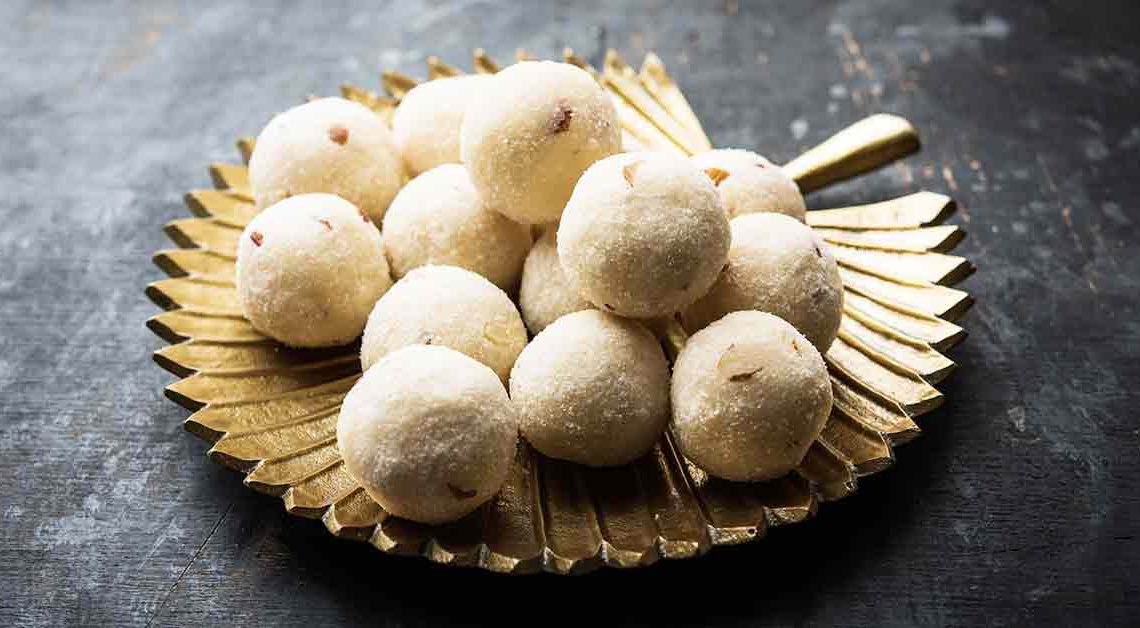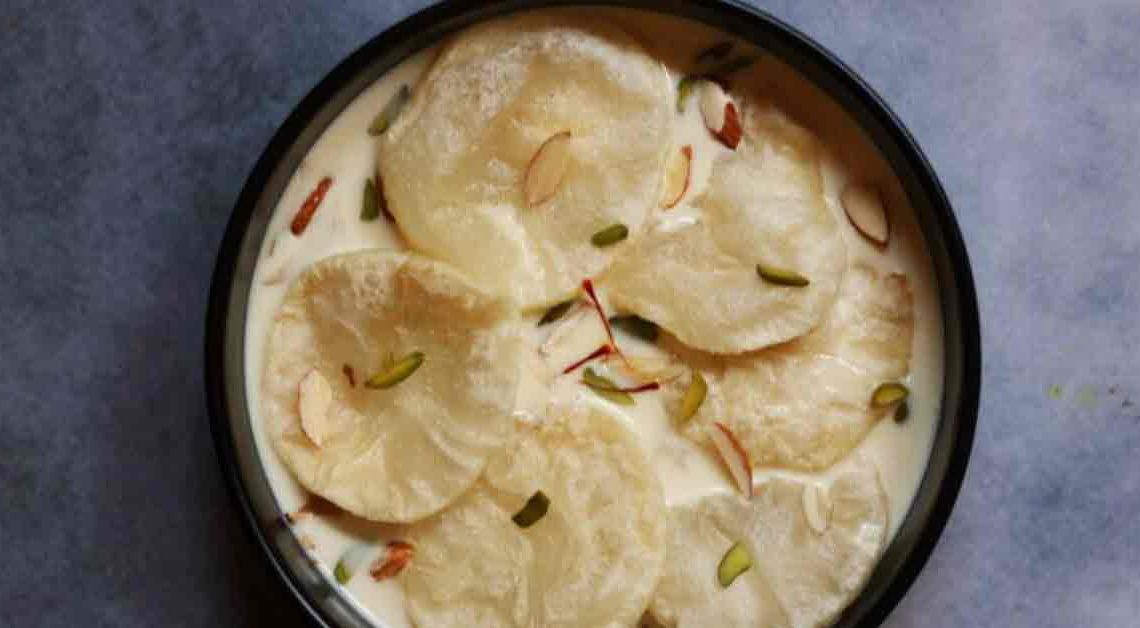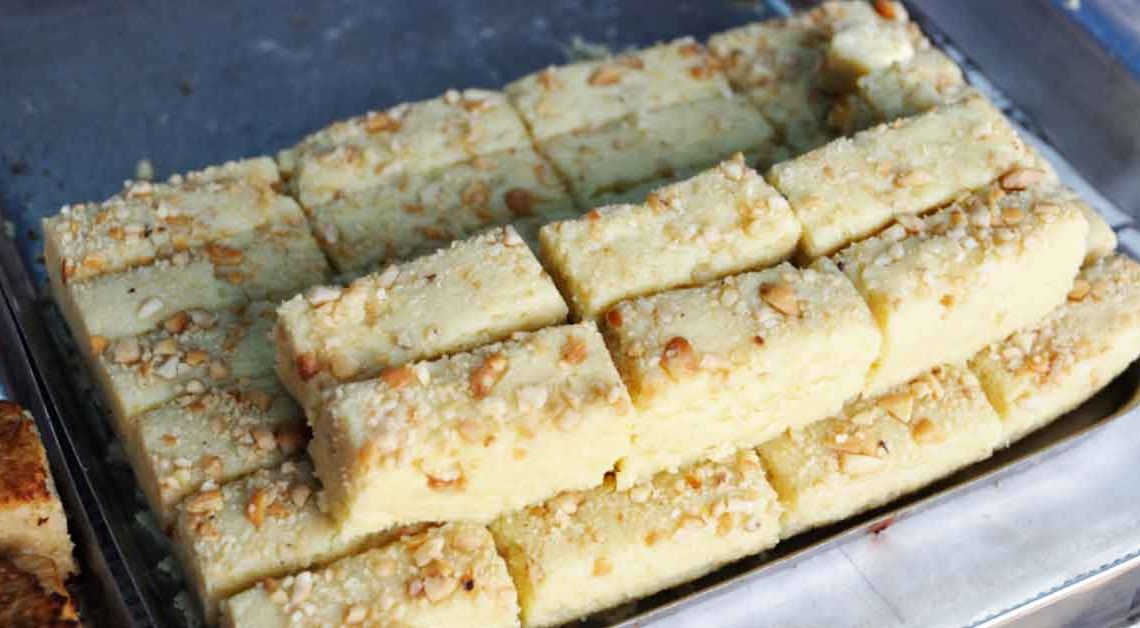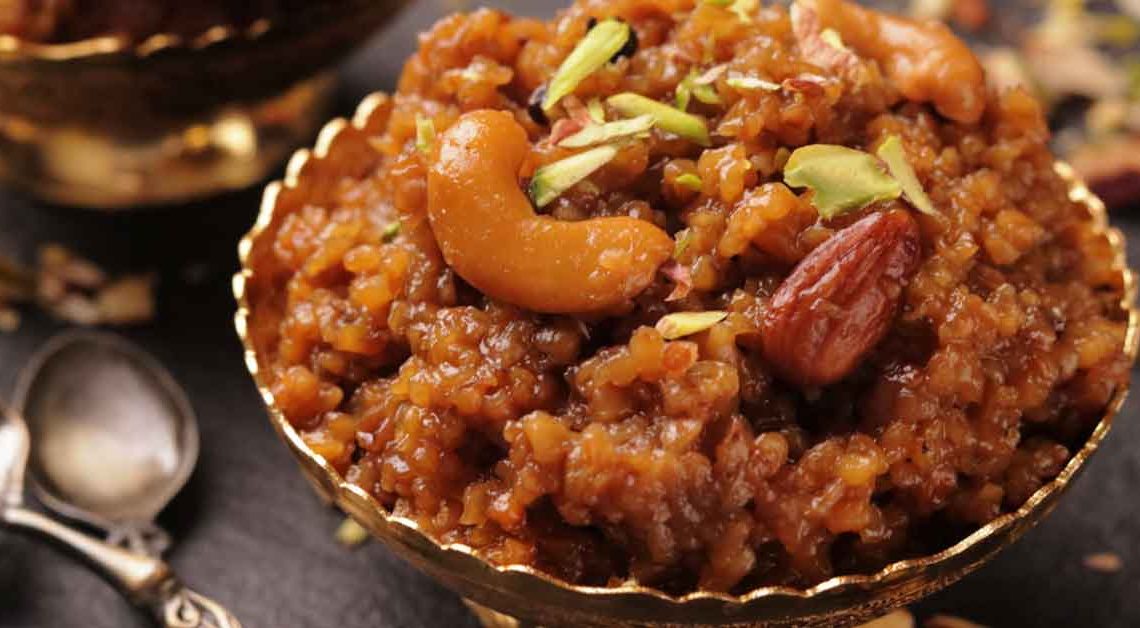Delectable journey of Rava Ladoo

Welcome to a delectable journey of flavors and traditions by Mithainama! Our culinary adventure takes a delightful turn as we unravel the secrets behind a timeless Indian sweet – Rava Ladoo. Prepare to indulge your senses in the symphony of textures, fragrances, and tastes that this iconic treat has to offer.
In the heart of every Indian household, ladoo finds its place as a cherished emblem of celebrations and togetherness. As we delve into the world of Rava Ladoo, we will explore the fascinating tales of its origin, tracing back its roots to ancient festivities and culinary legacies.
So, fellow food enthusiasts, let’s embark on this flavorsome expedition, as we capture the essence of Rava Ladoo – not just as a sweet indulgence, but as a piece of our heritage, a story of generations, and a truly heartwarming treat that never fails to bring smiles and memories to life.
Origin of Rava Ladoo
The origin of Rava Ladoo can be traced back to the rich culinary heritage of India. This delectable sweet treat holds a special place in traditional Indian cuisine and is often associated with festivals, celebrations, and special occasions.
It is believed to have its roots in South India, particularly in the states of Karnataka and Tamil Nadu. It is an integral part of the festive offerings made during occasions like Diwali, Navratri, and other important celebrations. The ladoo’s popularity has transcended regional boundaries and has become a beloved dessert enjoyed across the country.
The preparation involves toasting semolina (rava) in ghee until it turns golden brown, which not only imparts a unique nutty flavor but also gives the ladoos their characteristic golden hue. The toasted semolina is then combined with sugar, ghee, nuts such as cashews and raisins, and aromatic spices like cardamom.
Over time, variations have emerged, incorporating ingredients like coconut, saffron, and even chocolate, adding a modern twist to this traditional delight.
History of Rava Ladoo
The history of Rava Ladoo is deeply intertwined with the rich culinary heritage and cultural traditions of India. While specific historical records may be limited, the evolution of this beloved sweet can be traced through its ingredients, preparation methods, and cultural significance.
The use of semolina (rava) in Indian cooking dates back centuries. Semolina, derived from durum wheat, has been a staple ingredient in various traditional dishes. Its use in making ladoos, a form of sweet confection, likely originated as an easy and delicious way to combine nutrient-rich ingredients.
The practice of making ladoos using semolina and other ingredients might have spread through cultural migration and trade routes. As people from different regions exchanged culinary techniques and ingredients, the concept of it could have been shared and adapted, leading to its popularity across various parts of India.
Cultural Significance
This holds a significant place in Indian culture, encompassing various aspects of tradition, celebrations, and culinary heritage. Its cultural significance can be understood through the following points:
Festive Offerings: It is commonly prepared and offered as prasad (sacred food offering) in Hindu temples during religious festivals and ceremonies. It symbolizes a divine blessing and is shared among devotees, fostering a sense of community and spiritual connection.
Symbolism: The round shape is symbolic of unity, completeness, and eternity. It represents the cyclical nature of life, making it a fitting offering for various rituals and ceremonies.
Cultural Identity: As people migrate and settle in different parts of the world, it becomes a way to retain a sense of cultural identity and stay connected to one’s roots.
Where is Rava Ladoo Famous?
Rava Ladoo is famous and widely enjoyed across India and in Indian communities around the world. It has become a popular sweet treat that transcends regional boundaries due to its delicious taste and cultural significance. Here are some notable places where ladoo is particularly famous:
South India: It has strong roots in South Indian states like Karnataka, Tamil Nadu, Andhra Pradesh, and Kerala. It is a staple during festivals, weddings, and other celebrations in these regions. South Indian cuisine places a significant emphasis on the use of semolina..
Gujarat: It is a cherished sweet in Gujarat, especially during festivals like Diwali and Navratri. It is often prepared alongside other traditional Gujarati sweets.
North India: While it has stronger roots in southern and western India, it has gained popularity in northern regions as well. It is enjoyed during various festivities and celebrations, and its ease of preparation has contributed to its widespread popularity.
Interesting Facts and Trivia
Certainly! Here are some interesting facts and trivia related to Rava Ladoo:
- It is known by various names across different regions of India. In Maharashtra, it’s called “Rava Naral Ladoo,” where “naral” refers to coconut. In some places, it’s simply referred to as “Rava Ladoo,” while other variations might include local names or ingredients.
- It’s a common practice to offer it in Hindu temples as prasad. Devotees receive these ladoos as a blessed offering from the deity.
- The term “ladoo” is derived from the Sanskrit word “ladduka,” which means a small ball-shaped sweet.
- It is often shared as a gesture of goodwill and is exchanged during visits to friends’ and relatives’ homes.
- The aroma of freshly made ladoo, with its toasted semolina and cardamom fragrance, is known to evoke nostalgia and warm memories.
Did You Know?
Did you know? Rava Ladoo, beyond its delectable taste and cultural significance, offers a delightful blend of health benefits:
- It is a source of quick and sustained energy, making it an ideal snack for an instant pick-me-up during busy days.
- Semolina, a key ingredient, provides essential nutrients like B vitamins, iron, and magnesium, supporting metabolism, immune function, and overall vitality.
- Nuts like cashews and ghee in ladoo contribute to heart health with their beneficial fats and antioxidants, potentially reducing the risk of heart disease.
- Infused with aromatic cardamom, it may aid digestion and soothe stomach discomfort, bringing both pleasure and relief to your taste buds.
- Cardamom’s aroma isn’t just delightful – it may also have cognitive benefits, potentially enhancing memory and mental focus.







